#joan fontcuberta
Text

Munkki Juhani reads a chapter of Kalevala to Lapland meerkats, 2002 - by Joan Fontcuberta (1955), Spanish
274 notes
·
View notes
Photo

The Portrait of Mae West, Photo by Joan Fontcuberta, 1996
1K notes
·
View notes
Photo

Joan Fontcuberta. Trauma #8005 (Sèrie Trauma), 2018.
463 notes
·
View notes
Text

Joan Fontcuberta, Gastropoda, XXIII
In the Gastropoda project the artist deals with the “metabolism of images” inspired by the accidental co-authorship of snails, which ate the mail invitations to exhibition openings in Fontcuberta’s home mailbox. It is still possible, however, to discern the shapes of the original images in the selected “metabolised” works.
55 notes
·
View notes
Text

Joan Fontcuberta (ES, 1955)
The Miracle of Levitation, 2002 [false negatives]
https://www.theguardian.com/artanddesign/gallery/2014/jul/08/unicorns-mermaids-joan-fontcuberta-photography-hoax-in-pictures
17 notes
·
View notes
Text



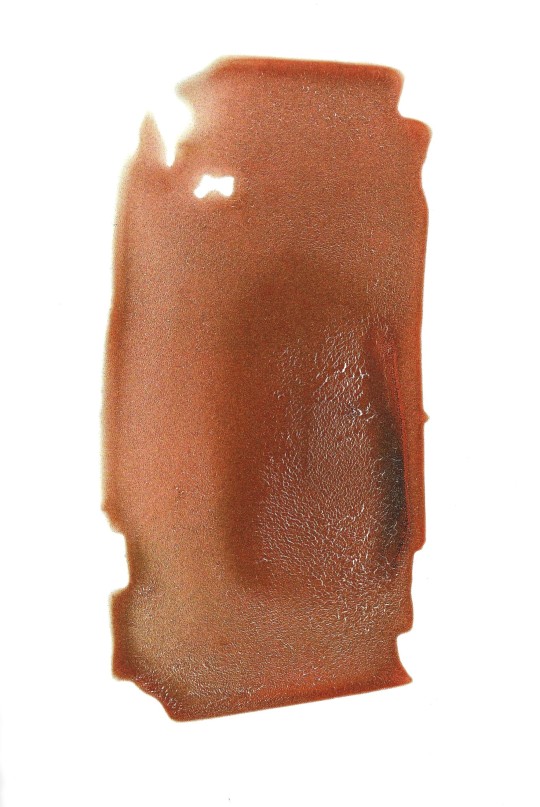

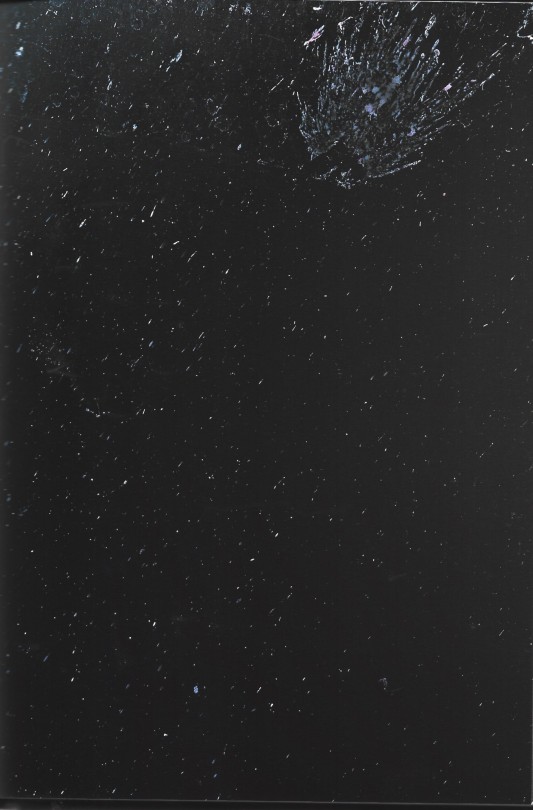

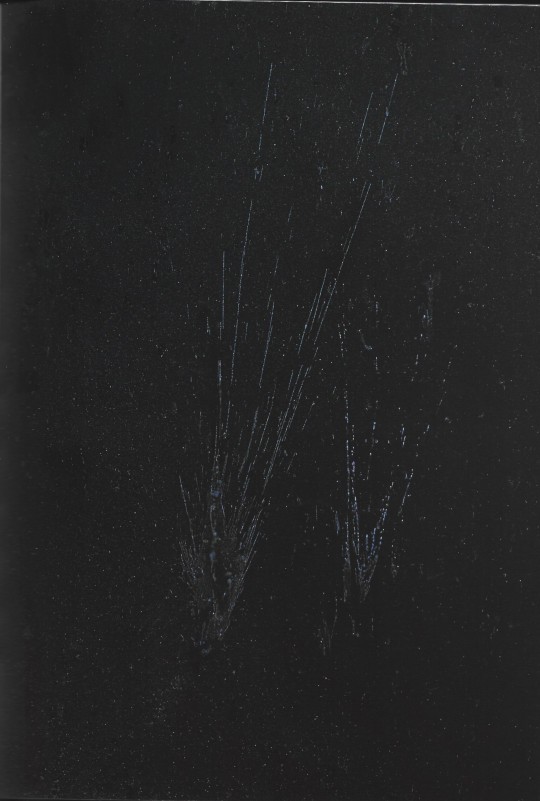
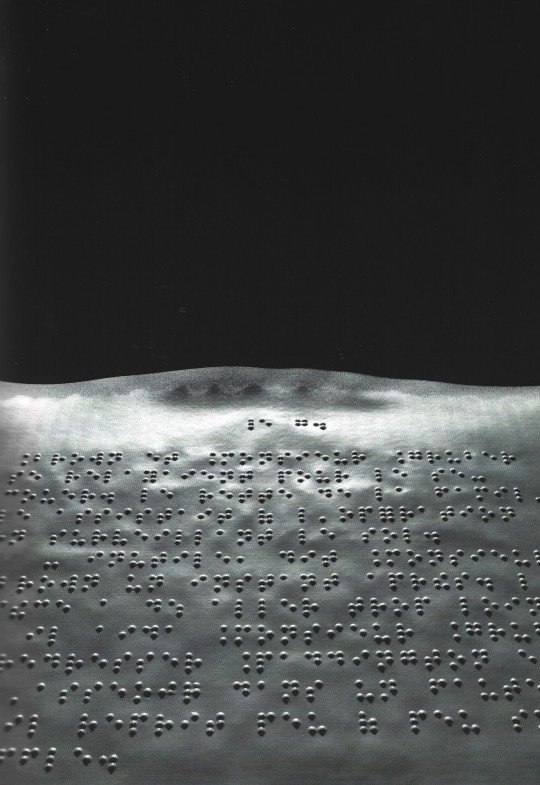
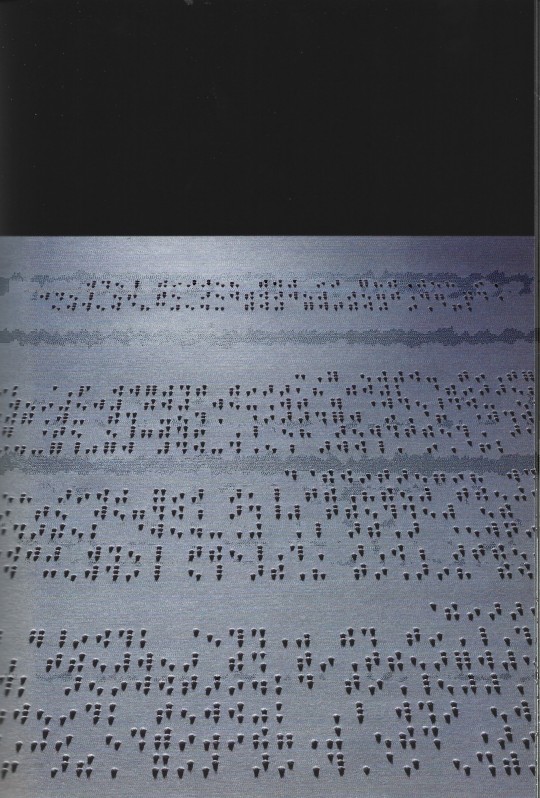


Joan Fontcuberta Twilight Zones
Essays (in English) by Jorge Wagensberg, Martí Peran and Anatxu Zabalbeascoa.
Graphic Design Ramon Prat, Collaboration Leandre Linares, Anna Tetas
Exhibion Curator Anatxu Zabalbeascoa, Coordination Carmen Diaz
Actar Publishing, Barcelona 2000, 160 pages, Hardcover, with 75 four-color plates and additional color and black and white illustrations finely printed full-bleed on heavy paper by Ingoprint, 17x24,5cm, ISBN 84-95272-15-2
euro 50,00
email if you want to buy : [email protected]
A beautiful exhibition catalogue that presents three of Fontcuberta's most minimalist and poetic series: Haemograms, Constellations, and Semiopolis, together with fine essays.
This book brings together three recent projects by international artist Joan Fontcuberta, "Constellations", "Haemograms",and "Semiopolis", featuring images of dramatic celestial landscapes, science fiction urban utopias, and abstract and minimalist smears of blood.
Includes an exhibition history and selected bibliography.
25/10/23
#Joan Fontcuberta#Twilight Zones#art exhibition catalogue#Haemograms#Constellations#Semiopolis#art books#fashionbooksmilano
16 notes
·
View notes
Text
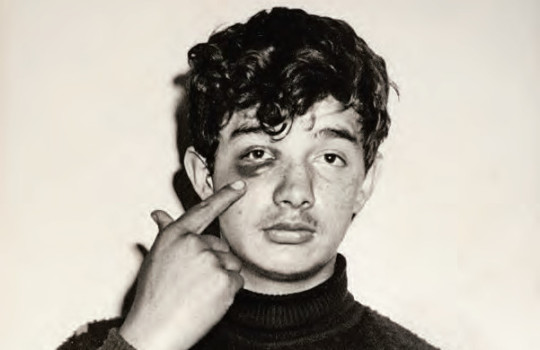
ÇA-A-ETÉ? AGAINST BARTHES
Joan Fontcuberta
Walter Benjamin aside, the most cited essay on photography in history is without a doubt Camera Lucida. It is Roland Barthes’ final book, and was published shortly before his death. With his poetic gaze and theoretical reflections, Barthes develops key concepts in the book, such as punctum and studium, which have since been incorporated into the heritage of photographic criticism. In one of the most significant passages, we find another central idea: “In Photography I can never deny that the thing has been there. There is a superimposition here: of reality, and of the past. And since this constraint exists only for Photography, we must consider it, by reduction, as the very essence, the noeme of Photography. What I intentionalize in a photograph is neither Art nor Communication, it is Reference, which is the founding order of Photography. Photography's noeme will therefore be: ‘That-has-been’” [Ça-a-été].
This ça-a-été constitutes the ontological bulwark of photography’s documentary value: without the certainty of “that-has-been”, all visual testimony ends up delegitimated. This is why it could be beneficial to analyse photo-journalistic snapshots in light of this criteria. For example, as a case study, we could take the photographic archive of the now-closed Mexican journal Alerta, a tabloid dedicated to blood and guts news stories, which in Latin America is referred to as “nota roja” [red note]. If we do an analysis, we are surprised to see how frequently the iconological pattern of the gesture of pointing appears: a figure in the image (a victim, a witness, an “expert”, whoever) points with a finger at someone or something in the composition to draw attention to it. These are theatrical, artificial situations where it is clear that the model is following the reporter’s instructions, while nevertheless making doubly clear the pretension of applying he principle of ça-a-été, in a way that is as naïve as it is rudimentary. We are witness to an effect of superimposed indexicalities: one passed down through photography and the other of the finger (the index) pointing. Both the camera lens and the finger focalise our perception towards something that has gone by. Yet the staging is so naïve, rudimentary and artificial that instead of emphasising, what it does is problematise the validating value of the camera, especially in genres like forensic and news photography, which should be characterised precisely by an aseptic, derhetorized treatment of information.
Barthes, perhaps, fascinated by the theatricality he had also dedicated enthusiastic studies to, sought to pass over this drift: “What is theatricality?”, he asked in 1971. “It is not decorating representation, it is unlimiting language.” Very well, then, but if so, ça-a-été is no longer a guarantee of objectivity, inasmuch as it explores staging. A triple staging, in fact, as all photography implies the staging of the object, the gaze and of the photographic device itself. It is from the conciliation of these stagings that language emerges. We can decide to not limit it, we can grant it all freedom available to it, but at the cost of breaking the contract of verisimilitude.
Unmasked by the overplayed gesticulation of accusing or pointing fingers, we discover that the noeme heralded by Barthes is more a theatrical operation than one of reference. “That has been”, indeed, but what, in fact, has really been? It is imperative to ask this when there is no spontaneity, but rather construction. Yet worst of all is that photography, in and of itself, tells us very little about “that”. Very little beyond scenery and costumes.
Joan Fontcuberta
12 notes
·
View notes
Text



the work of Joan Fontcuberta, as discussed by Agnès Varda in une minute pour une image, 1983
21 notes
·
View notes
Photo

Joan Fontcuberta: “Cala” from the “Herbarium” series.
https://fotogasteiz.com/blog/fotografos/joan-fontcuberta-vida-obra-biografia/
6 notes
·
View notes
Text

#joan fontcuberta#siren#mermaid#fossil hunting#fossil#geology#science#found footage#weirdcore#weird art
5 notes
·
View notes
Photo

Joan Fontcuberta, Bombcat, Pin Zhuang, 2001.
1 note
·
View note
Text

Orogenesis, Photo by Joan Fontcuberta, 2007
63 notes
·
View notes
Text

Post-photography and the truth of images
« Every photograph is a fiction with claims to truth . Despite everything that has been instilled in us, everything we believe in, photography always lies; she lies instinctively, she lies because her nature does not allow her to do anything else" says the Spanish photographer, teacher and writer Joan Fontcuberta . As an interpreter of contemporary photography, in his essays he defines it with the term post-photography , referring in particular to the photography of the second digital revolution , of the era of social networks, of the virtual, of the internet and, in particular, of omnipresence of the images.



#joan fontcuberta#photographer#post-photography#truth of images#photograph#spanish photographer#contemporary photography
0 notes
Text

Kintsugi. Photographs by Joan Fontcuberta. Text by Céline Fribourg and Xavier Antich.
Museums and archives are institutions designed to preserve the memory of a community. Joan Fontcuberta rummages through their collections to find photographic documents that have deteriorated over time and, paradoxically, “lost their memory.” These fragile, ailing, amnesiac images are salvaged by a procedure that recalls the Zen technique of Kintsugi: a piece of broken pottery is not discarded, but repaired, a thread of gold marking the fracture line. Emphasizing scars is a form of resilience, of acceptance of the vicissitudes of life. In Kintsugi, Joan Fontcuberta assembles a poetic and conceptual gathering of phantasmal images that evoke the passage of time, the recording of history, and the very substance of photography.
48 notes
·
View notes
Text

2021 Mar Joan Fontcuberta — PhotoAlliance
48 notes
·
View notes
